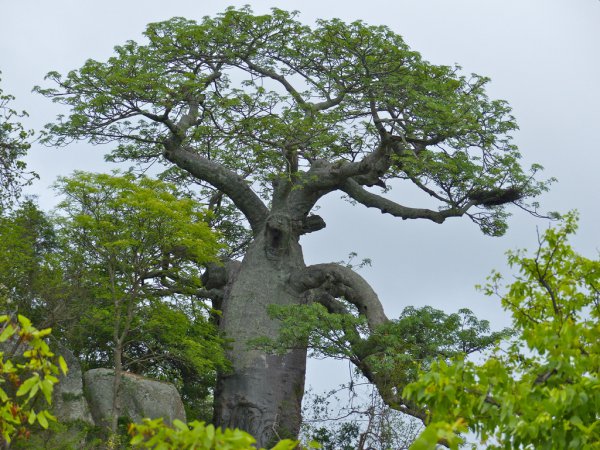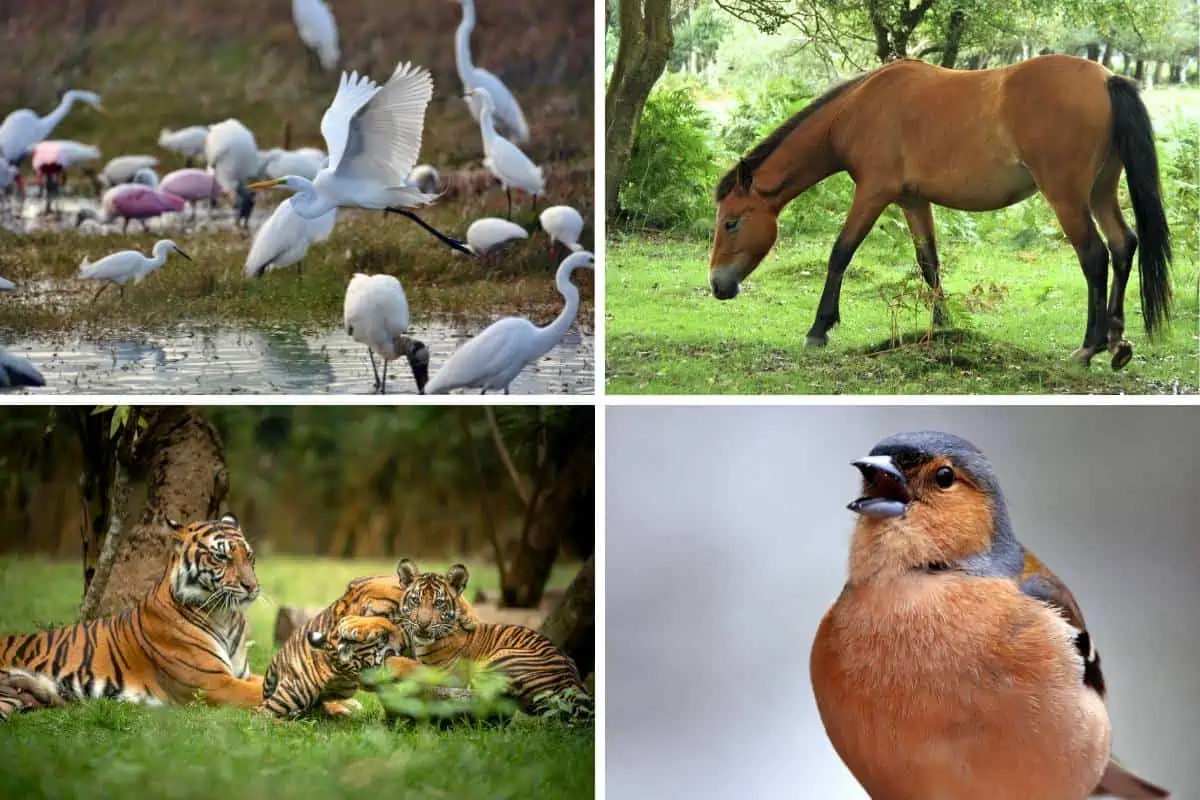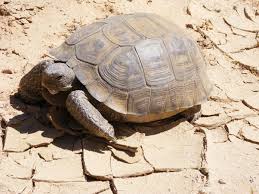ADAPTATION OF LIVING THINGS TO THEIR HABITAT
Adaptation is the process through which living organisms develop
traits that enable them to survive and reproduce in their specific habitats.
TYPES OF ADAPTATION OF LIVING THINGS
-
Structural Adaptations : These are physical features of an organism that enhance its survival and reproduction.
For Example : Baobab Tree: Thick trunk that stores water to survive the dry season.
-
Behavioral Adaptations : These are actions or behaviors that organisms develop to survive and reproduce.
For Example : Elephants: In Nigeria, elephants migrate seasonally between wet and dry areas to find food and water.
-
Physiological Adaptations : These are internal systemic responses to external stimuli, allowing organisms to maintain homeostasis.
for Example : African Spurred Tortoise: Can survive long periods without water by storing it in their bladders and utilizing water from the food they consume.



